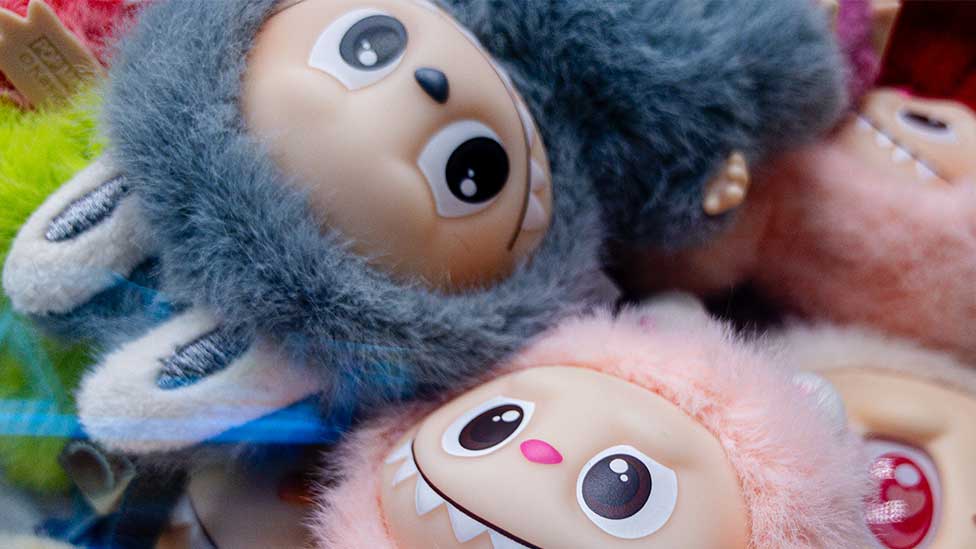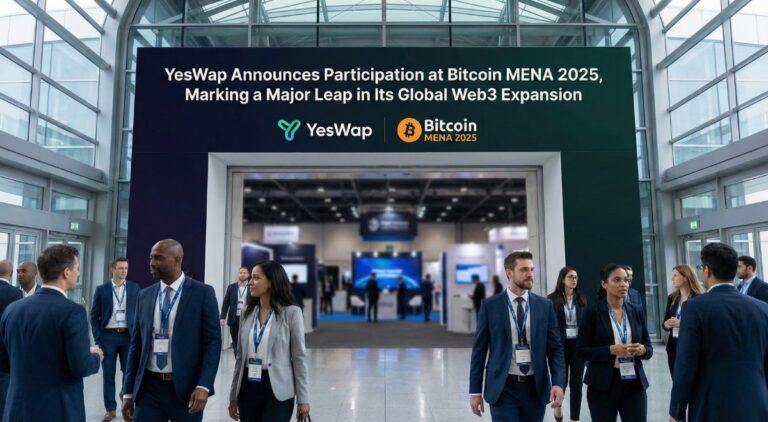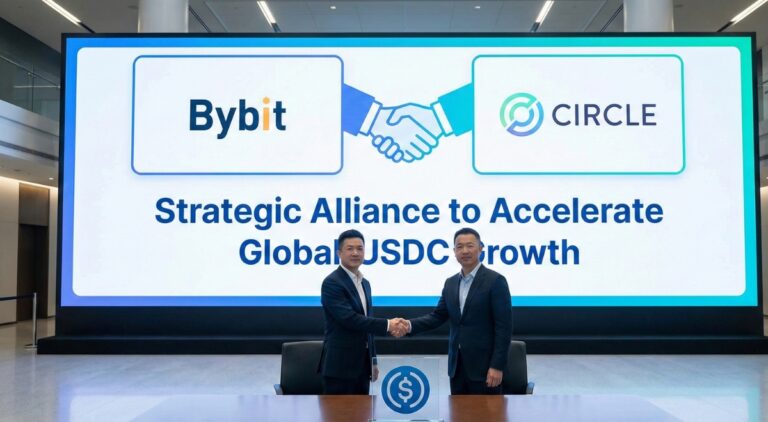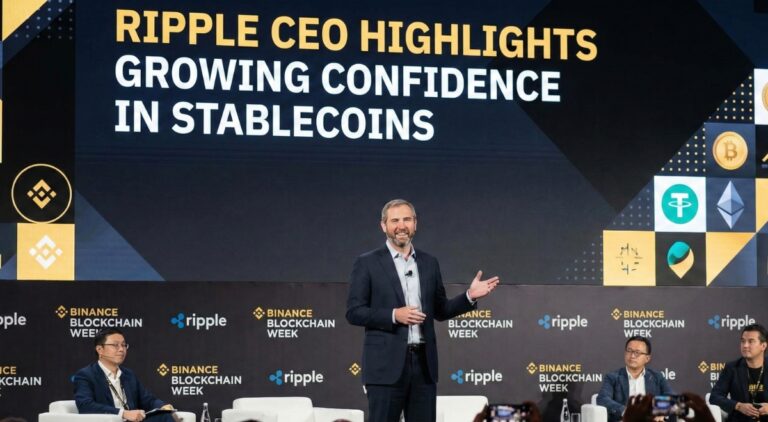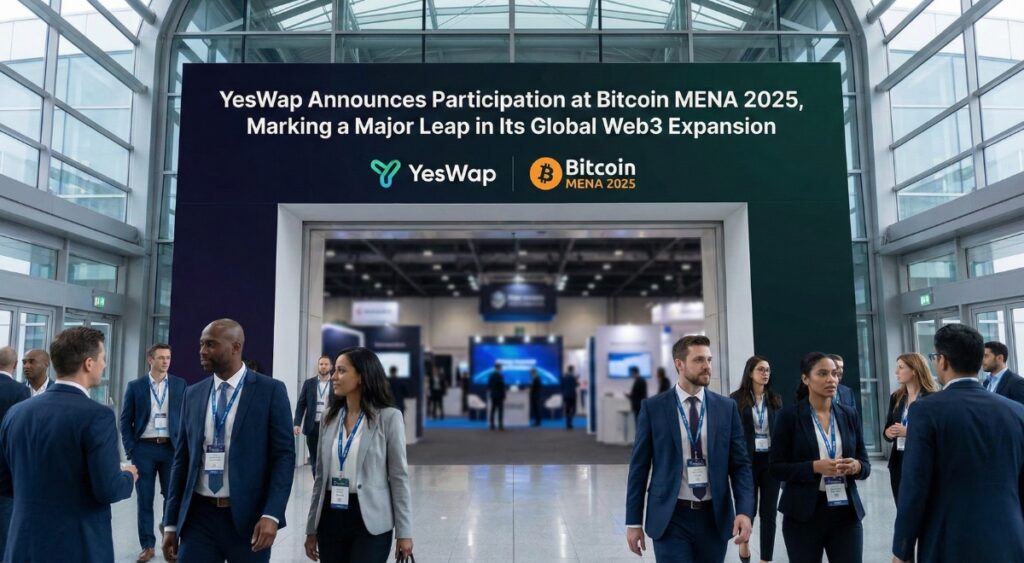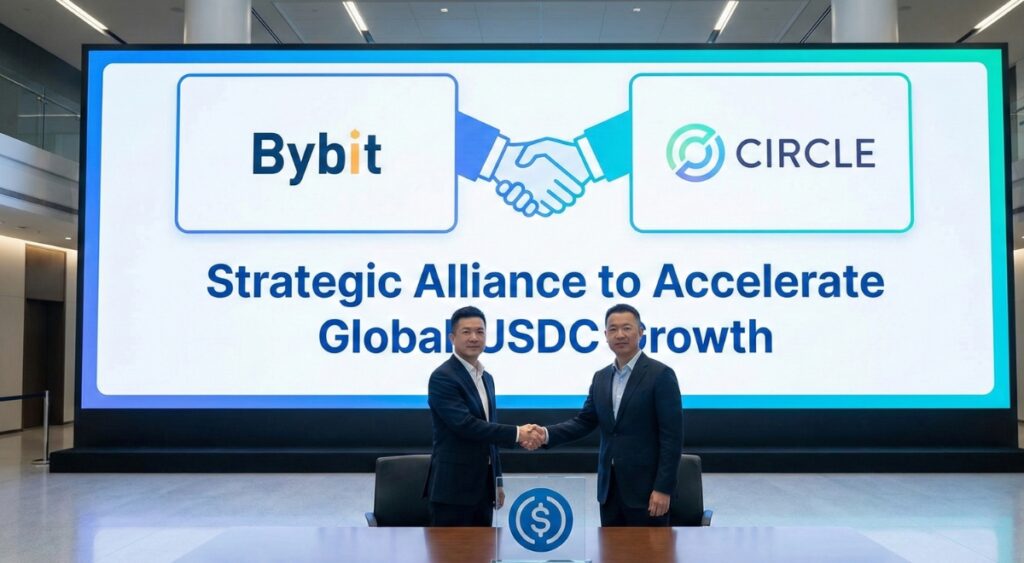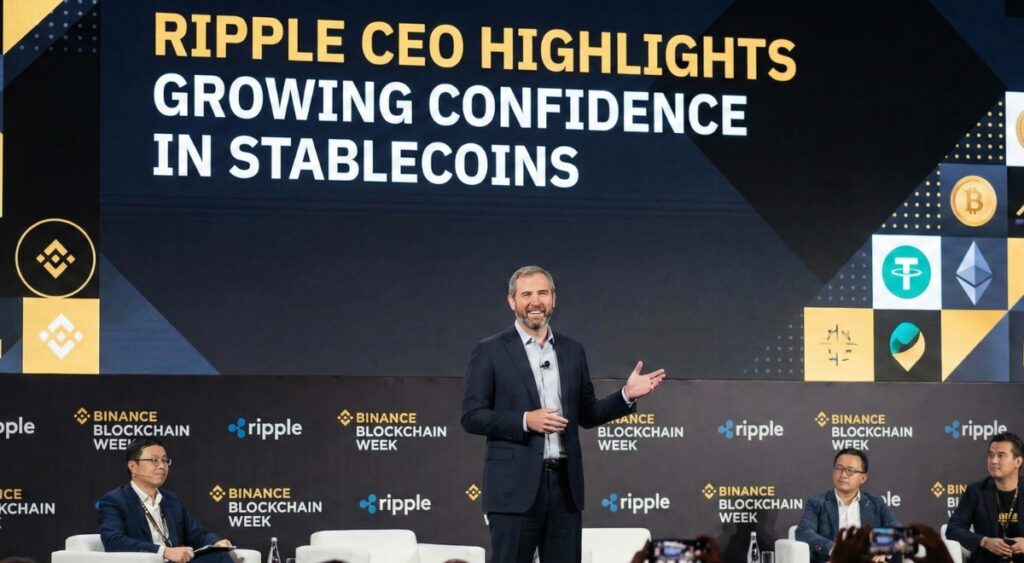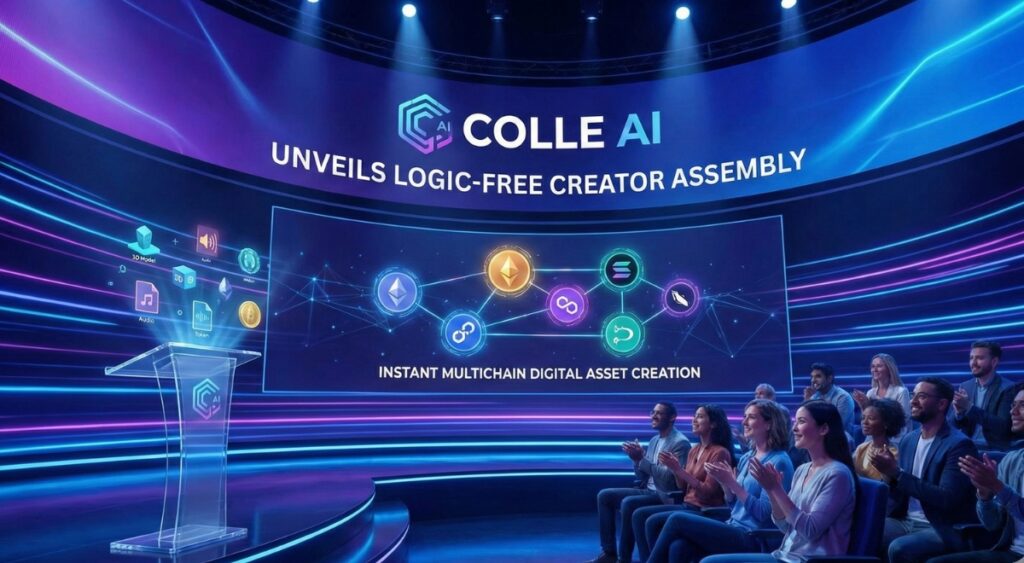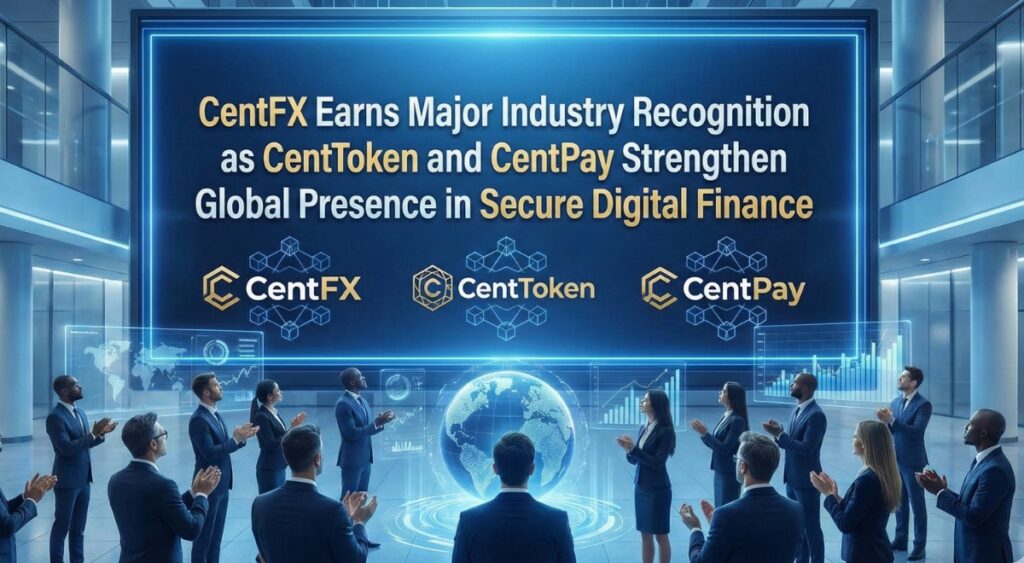September 15, 2025 — From NFTs to viral collectibles like Labubu dolls, today’s most talked-about cultural phenomena highlight a striking reality: in many cases, the hype surrounding a product has become more valuable than the product itself. For brands, this shift presents both a powerful marketing opportunity and a risky balancing act.
When a Token Sold for Millions
In March 2021, the art world witnessed a turning point when Christie’s auctioned off Everydays: the First 5000 Days, a digital collage by artist Mike Winkelmann, better known as Beeple. The final hammer price stunned many: $69.3 million. What drew so much money wasn’t just the artwork, but the fact that it was an NFT.
At the time, non-fungible tokens were a novel status symbol — a mix of digital scarcity, tech optimism, and cultural zeitgeist. The frenzy around the sale wasn’t really about the piece itself. It was about being part of a moment, a movement, a new frontier in digital ownership. The hype was the driver, and the token was the vehicle.
Labubu and the Culture of Collectibility
Fast-forward to the present and the same dynamics are shaping the market for physical collectibles like Labubu dolls. These whimsical figures, originally niche art toys, have exploded into mainstream demand. For many buyers, the dolls aren’t simply cute or well-designed; they’re markers of belonging in a cultural conversation.
To own a Labubu today is to signal that you’re part of an “in crowd” that understands what’s cool, scarce, and valuable in the moment. Their worth is less about material qualities and more about the intangible aura created by scarcity, celebrity attention, and social media chatter.
Branding in the Age of Buzz
This environment creates a paradox for marketers. On one hand, hype is a powerful tool. It can generate instant visibility, build a sense of exclusivity, and even transform a relatively simple product into a coveted status object.
But when hype itself becomes the product, deeper questions emerge:
- What happens when the buzz fades?
- Can a product maintain relevance once the trend cycle moves on?
- Are consumers buying for utility, or simply for the social cachet of ownership?
Luxury brands, sneaker makers, and even food and beverage companies have leaned into this trend with “drops,” limited editions, and influencer collaborations. The marketing strategy is clear: make consumers feel like they’re not just buying a product, but joining a cultural moment.
Why Hype Works
Psychologists and marketers alike point to a few reasons why hype is so effective:
- Scarcity Drives Desire
The fewer units available, the more people want them. Labubu toys often sell out in minutes, with resale prices skyrocketing, simply because of limited supply. - Community Validation
Owning an NFT or collectible signals membership in a group. It becomes shorthand for identity, taste, and social standing. - The Thrill of the Chase
In a hyper-connected culture, chasing the next big thing is a form of entertainment. Participating in a drop or a viral trend creates excitement, regardless of the long-term value of the item.
Risks of Riding the Wave
While the upside is significant, the pitfalls are just as real. Brands that lean too heavily on hype without offering lasting value can face backlash. If a product is revealed to lack substance, consumers may feel manipulated. Trends also move fast — what’s must-have one week can feel outdated the next.
The NFT market illustrates this volatility. Prices soared in 2021, only to crash within a year. Many buyers were left holding assets that had little resale value. Brands that had rushed into NFTs without a clear long-term plan faced criticism for opportunism.
Similarly, collectibles like Labubu risk saturation. If production increases too much or imitators flood the market, the perception of scarcity — and thus the hype — diminishes.
Building Sustainable Buzz
The lesson for marketers isn’t to avoid hype, but to use it carefully. Successful brands tend to follow three principles:
- Anchor Buzz with Substance
Hype can launch a product, but substance sustains it. Whether it’s craftsmanship, innovation, or genuine utility, there must be something deeper than scarcity alone. - Nurture Real Communities
Hype thrives in communities, but genuine engagement is key. Brands that invest in two-way dialogue, fan involvement, and long-term loyalty tend to endure beyond a single trend cycle. - Stay Agile
Trends are fickle. Brands that remain flexible with product lines, messaging, and timing are better positioned to adapt when momentum shifts.
Beyond NFTs and Toys
The dynamics revealed by NFTs and Labubu are spilling into other categories. From sneakers to soft drinks, from tech gadgets to pop-up restaurants, hype has become a business model in its own right. The product is important, but the real value often lies in the story, the scarcity, and the shared cultural moment it represents.
For marketers, this means recalibrating strategies. Instead of only asking how to improve the product, they must also ask how to cultivate — and responsibly manage — the aura around it.
Conclusion
The rise of NFTs and Labubu collectibles highlights a shift in consumer culture where buzz is as important as the product itself. In the short term, hype can propel brands to viral success and dizzying profits. In the long term, only those who pair hype with authenticity, quality, and community will avoid being swept away when the cultural spotlight moves on.
In today’s marketplace, hype isn’t just a marketing tactic — it’s part of the product.

